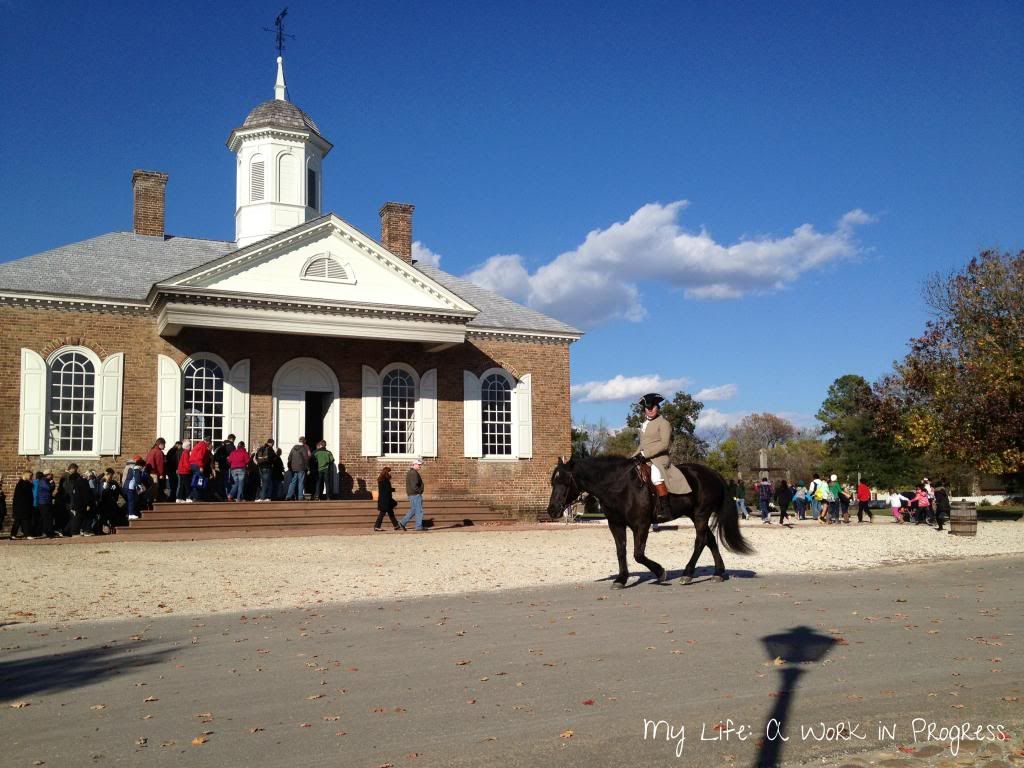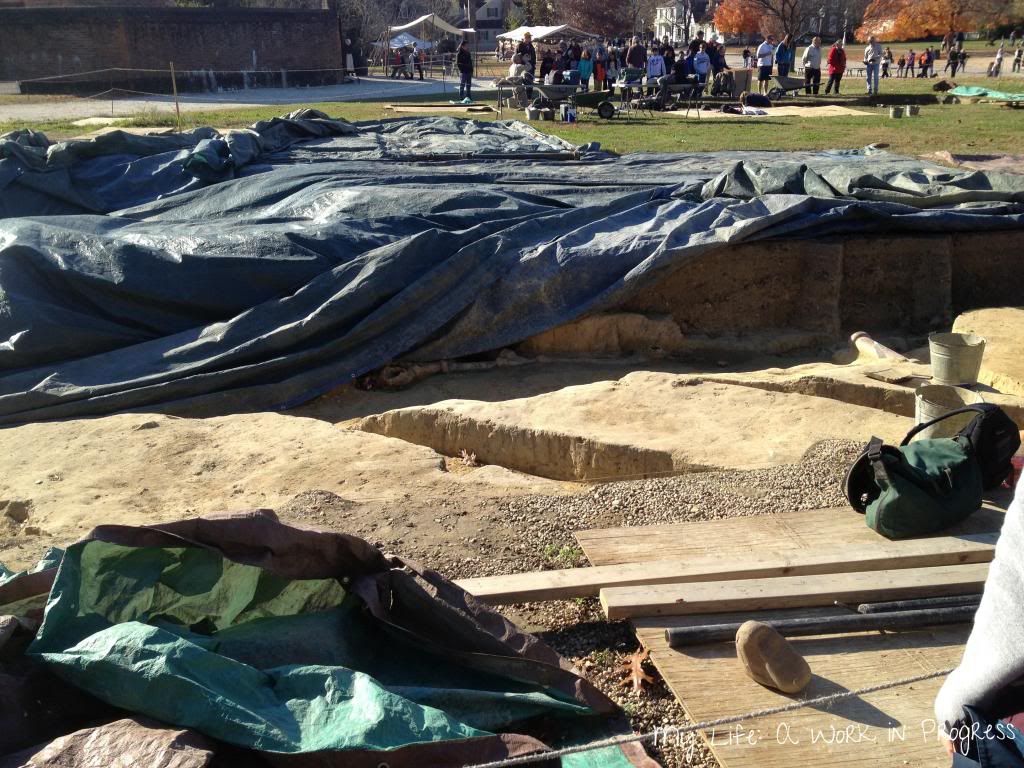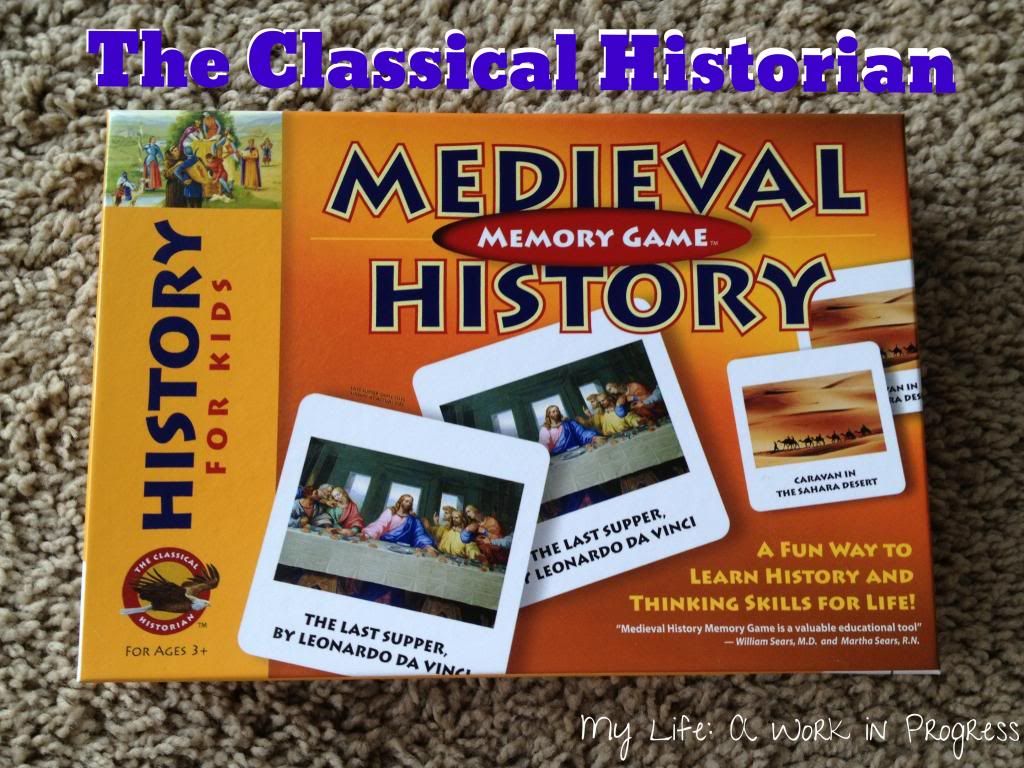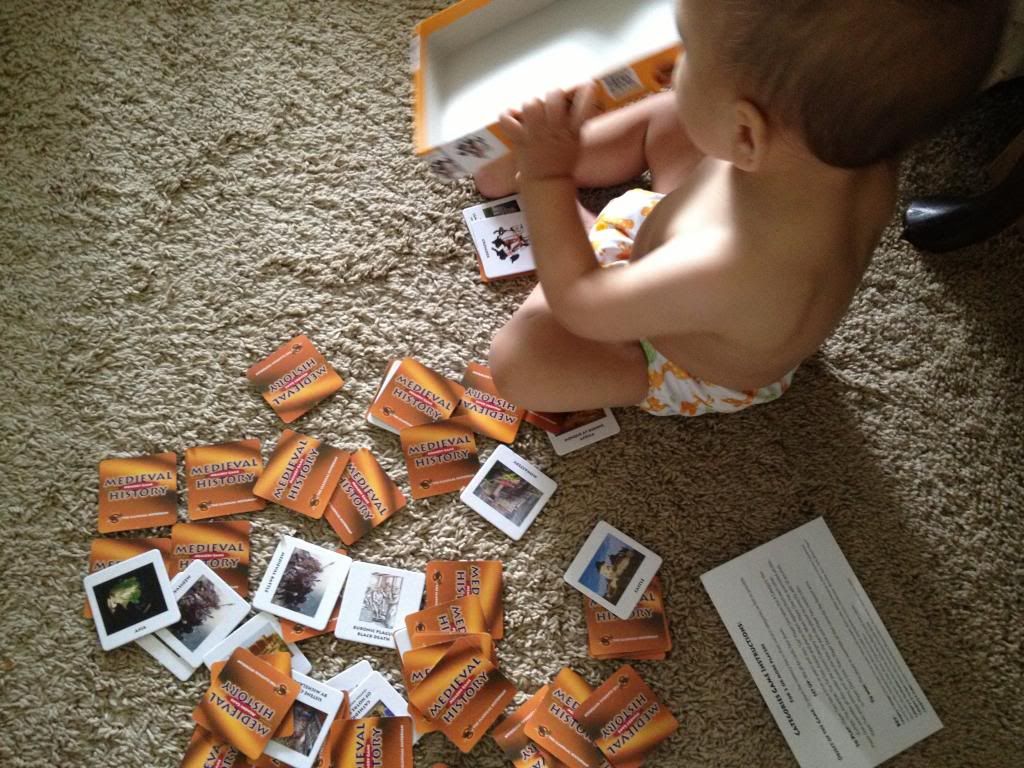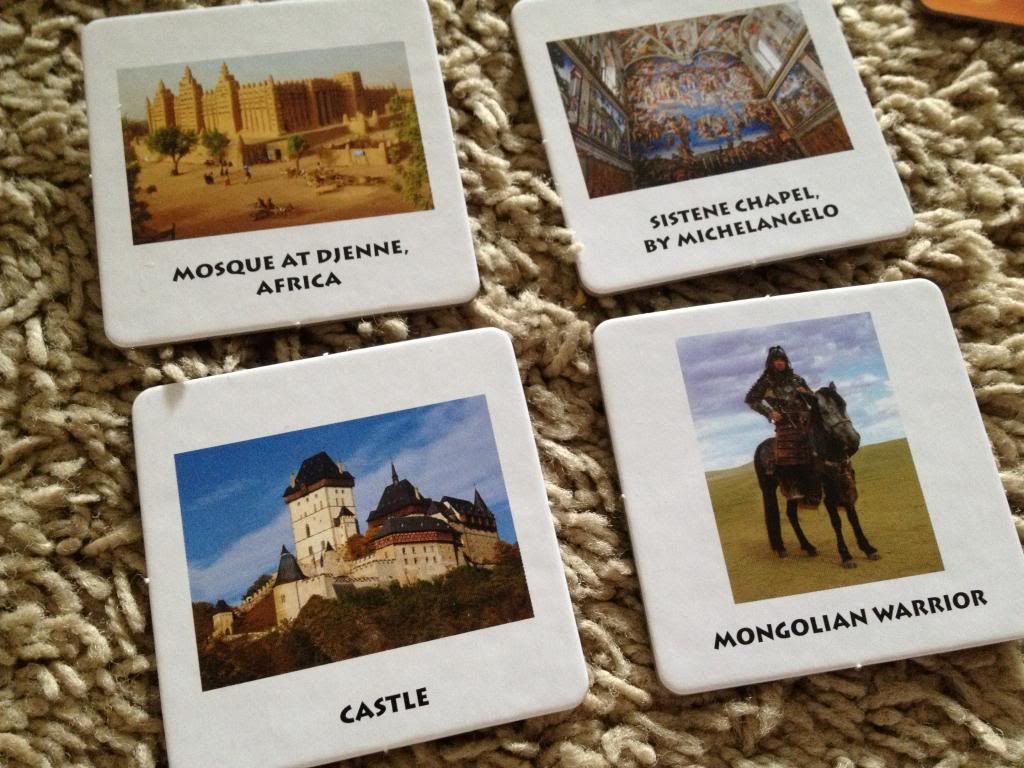Note: I had issues with my site after publishing this post, so I recalled it, and I’m trying again!

Hubby, Little J and I recently had the chance to visit Montpelier Mansion in Laurel, Maryland, which is about 40 minutes south of Baltimore. If you’re ever up that way, this is an inexpensive, interesting National Historic Landmark to visit. I’m used to visiting historic mansions and houses where you get to see the downstairs and that’s about it. At Montpelier, you actually get to climb the stairs and go to the upper level! It sounds like such a little thing, but it was neat to see the majority of the house. Tickets are $5 for adults, and kids are free or $2 depending on the age. Montpelier Mansion is a Blue Star Museum, so it’s free for active-duty military, National Guard, and reservists and their family members between Memorial Day and Labor Day.

Montpelier Mansion was built between 1781 and 1785 by Maj. Thomas Snowden and his wife, Anne. Guests at the home included George Washington and Abigail Adams.

Upstairs, there’s a children’s room where almost everything is hands-on. They can try on clothes, write on chalk slates, and play with old-fashioned wooden toys. 

One really cool thing about the property- they’ve found dinosaur skeletons there! Some of those bones are now on display at the Smithsonian, but there’s a cool kid’s dinosaur room on the property where Little J was able to play with some toy dinosaurs and dinosaur bone replicas, and even build a 3D wood dinosaur skeleton! 
We had a fun time, and considering that most of the exhibits had A/C, it was a great place to explore in this summer heat! I recommend visiting Montpelier Mansion if you’re in the area.
What historic places have you visited this summer?



